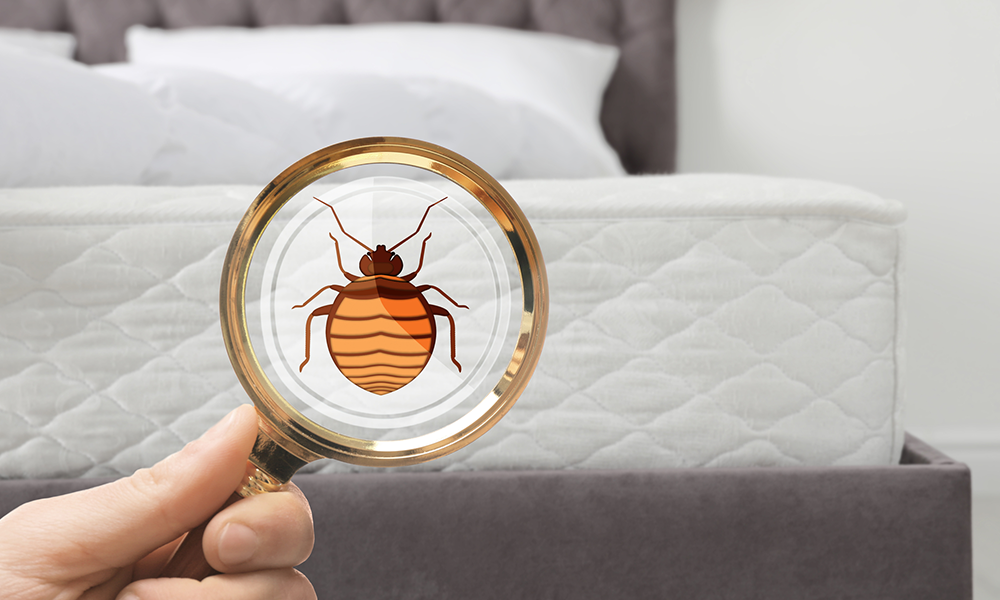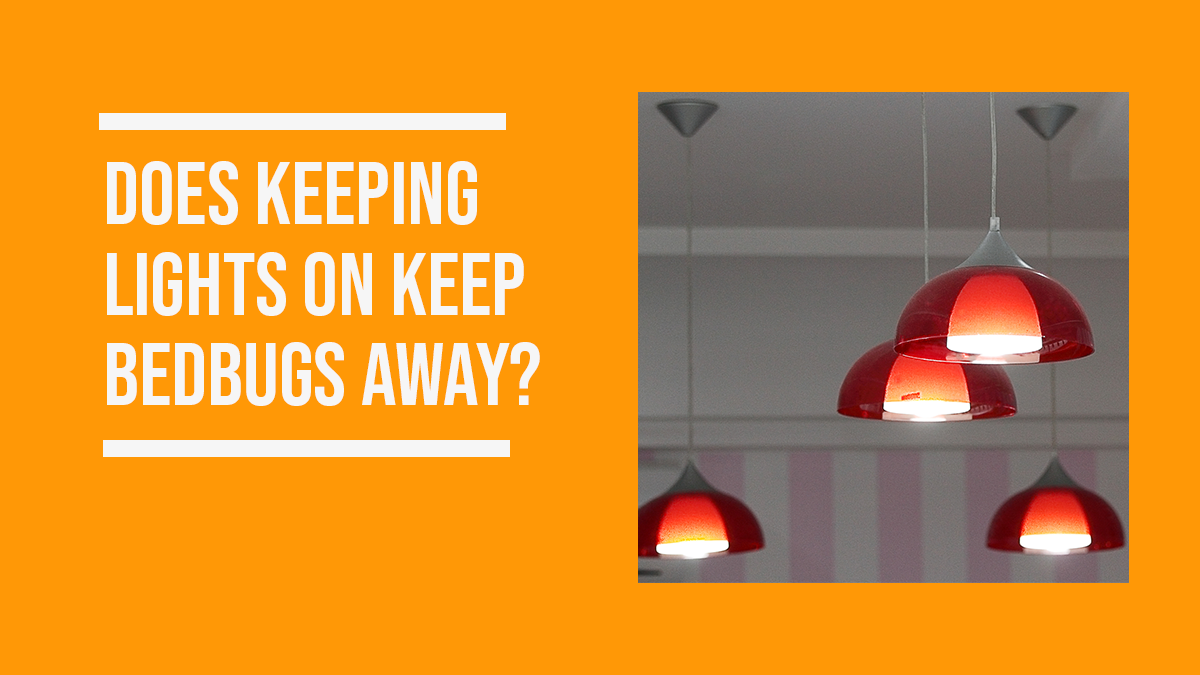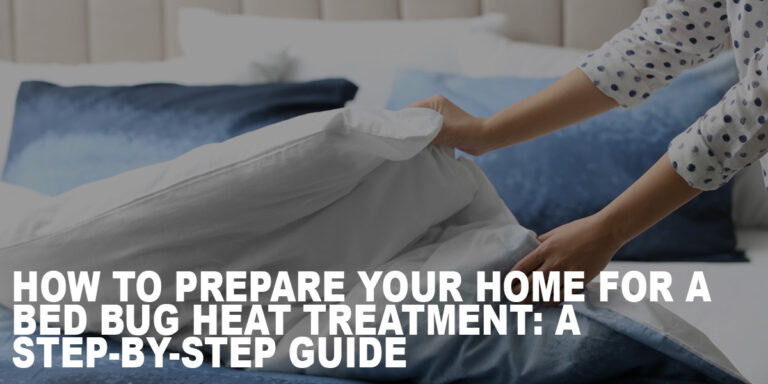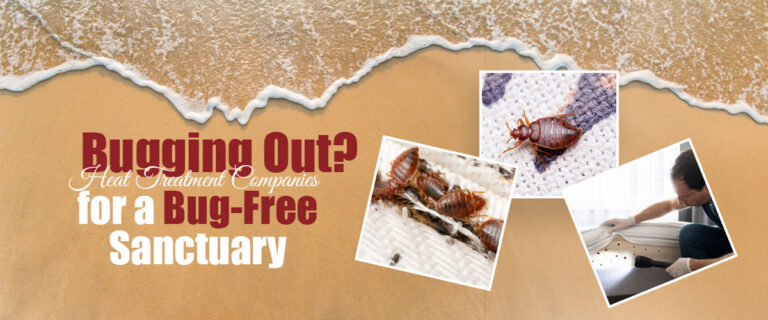Does Keeping Lights on Keep Bed Bugs Away?
Bedbugs are tenacious and hard to kill, but some things can help your chances. Research shows that bedbug bites are worse in cold weather at temperatures ranging from 40 to 68 degrees Fahrenheit, and dim lighting is a common factor. Does it work if you go to the trouble of turning off lamps, lights, and appliances to keep the pests away?

Do Lights Repel Bed Bugs?
The answer to this question is no. The light in your bedroom does not repel bed bugs, kill them or prevent them from entering your home.
There are two main reasons why the light in your bedroom will not keep bedbugs away:
- There are more effective methods of treatment or prevention. If you have a pest problem and want to get rid of them, it’s best to use more than lights as part of an integrated pest management plan (IPM). This means using professional services like bed bug treatment in Chicago Heights, IL, that can do everything from inspecting and treating infested areas to removing any remaining eggs or larvae after treatment.
- It doesn’t detect whether there are any bugs nearby because they don’t react to the brightness levels emitted by fluorescent lights.

Other Bed Bug Myths and Facts
Myth: Bed bugs only live on blood.
While bed bugs can live on blood, they are not limited to this. Bed bugs and inanimate objects like clothing and furniture will also feed on your skin. They can even survive for weeks or even months without feeding at all! So if you’ve had a bed bug infestation but don’t see them anymore, there are other places they could be hiding from humans—places where food sources are available such as your mattress or sheets.
Myth: Bed bugs travel via the host.
You may have heard that bedbugs don’t travel, but they can and do. Bedbug infestations are often caused by guests staying in rented rooms or apartments. Once a bedbug has bitten someone, it’s easy for them to spread to other areas of the building or even out into the neighborhood.
Bedbugs can travel up to 200 feet (60 meters) during their lifetime as adults. They can also hitch rides on clothing, luggage, and other items brought into your home with you. If you’re visiting friends or family members with an infestation problem at their apartment building, expect some bugs to accompany your belongings!
Fact: Bedbug species can survive on several foods, including dried foods, plants, and feces.
In addition to blood, bed bugs can survive on various foods and materials. They have been known to stay on dried foods like pasta and crackers, plants (like tomato leaves), feces (a favorite food source in developing countries), as well as items that are not food at all:
- Human Hair
- A piece of cotton candy dipped in chocolate syrup
Myth: Bed bugs are nocturnal.
You may have heard that bedbugs are nocturnal, but it’s not true. They’re active day and night, but their peak activity happens in the evening.
Fact: There are over 300 species of bed bugs, all with different habits and lifecycles.
Bed bugs are very diverse insects, with over 300 species known. Some bed bugs are known to be more aggressive than others; some are more active during the day and night than others.
Fact: A bed bug infestation requires a single female bedbug to lay eggs, which hatch within 10-12 hours.
A female bedbug can lay up to 500 eggs in her lifetime. The eggs hatch within 10-12 hours, and the young bedbugs are only about 1/8 of an inch long at birth. They live for two months before reaching maturity and laying more eggs.
Fact: Bed bugs are not known to spread disease, but they can cause allergic reactions in some people.
While bed bugs aren’t known to spread disease, allergic reactions are possible. Allergic reactions to bed bugs can be severe and may require treatment with antihistamines or steroids. In some cases, an allergic reaction can be treated with antibiotics.

You Can Do Things to Help Keep Bedbugs Away from Your Home
Encourage a healthy home environment.
Keep your home clean. Dust, vacuum, and wash all your house items regularly. It would be best to dispose of any items used by bedbugs, such as clothing and shoes that you or your family members have worn.
Keep your home dry. Moisture encourages the growth of mosquitoes, which are carriers of diseases like malaria and dengue fever. Therefore, it’s essential to prevent dampness in your home if there is heavy rainfall outside. Open windows to allow air circulation through the house so moisture cannot build up inside.
Clean your bed sheets often.
- Wash your sheets at least once a week.
- Use hot water and a hot dryer.
- Use a detergent that contains bleach.
- Wash all bedding, including pillows and mattress pads, in hot water and dryer (do not use fabric softener).
Vacuum thoroughly
Vacuuming is a great way to help keep bedbugs at bay. The more frequently you vacuum, the better your chance of removing them from your home.
- Vacuum at least once a week
- Vacuum around baseboards and in corners
- Vacuum under furniture and other areas that tend to collect dust or debris–like shelves, cupboards, and even cracks in walls.
Remove clutter
Bedbugs can hide in the folds and crevices of your mattress, so removing everything from the bed that could be a hiding spot is essential. This includes blankets, comforters, pillows; furniture like chairs and tables; decorative items like pictures, and even curtains and drapes.
Remove old furniture and mattresses.
If you have any old furniture and mattresses, take them to a thrift store or donate them to charity. Bedbugs love hiding in cracks and crevices on furniture, so if possible, get rid of these items before bringing them home. If you can’t eliminate everything immediately, try addressing one problem at a time.

Be Informed
Bedbugs are a severe problem for many Americans. Unfortunately, many people still need to learn more about them; even worse, some information must be incorrect or outdated. Hopefully, the information we have presented here will help to dispel some of the myths and fears surrounding these pests and give you a better idea of what you’re up against.







